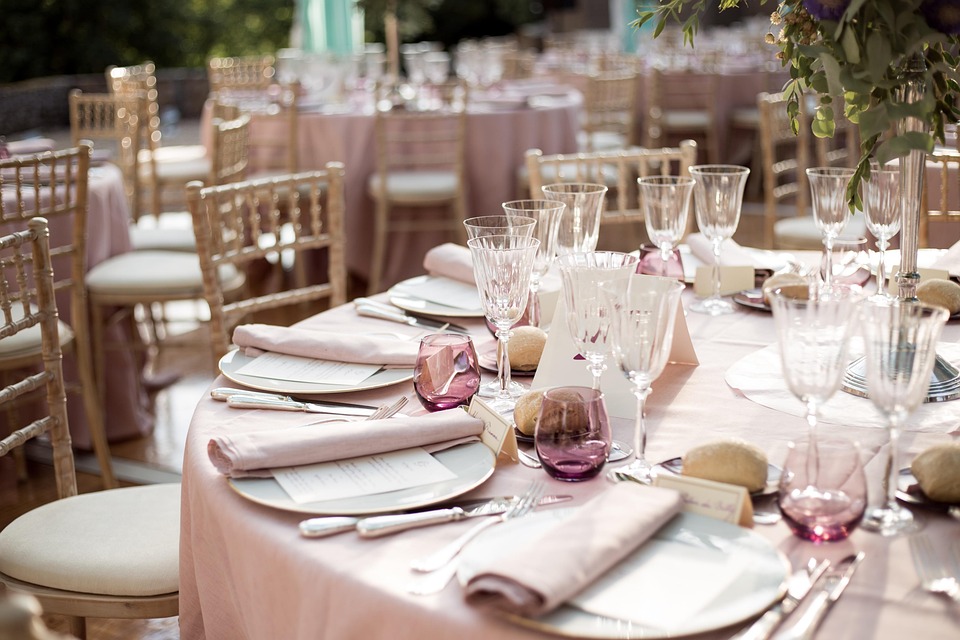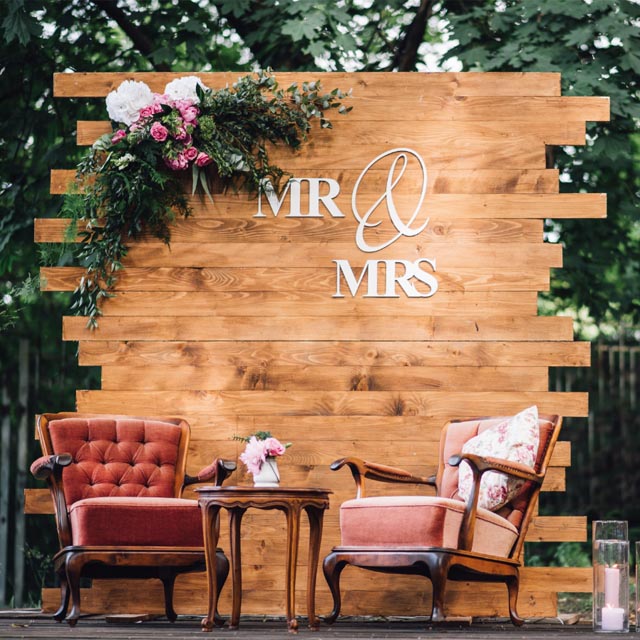Planning a wedding is exciting but can feel overwhelming, especially when it comes to choosing a wedding theme. Your theme sets the tone for the entire event, from the decor and attire to the venue and overall vibe. The key is to select a theme that reflects your personality, love story, and vision.
Here’s a step-by-step guide to help you choose the perfect wedding theme.
1. Reflect on Your Personal Style
Your wedding should feel authentic to who you are as a couple.
Think about your interests: Do you both love the beach, the countryside, or modern city life?
Consider your home decor: Your home’s style can be a great indicator of your aesthetic—whether it’s minimalist, boho, vintage, or glamorous.
Highlight your story: Incorporate personal elements, like where you first met or your favorite hobbies, into your theme.
Example: If you both love traveling, a destination or travel-themed wedding could be ideal.
2. Determine Your Budget
Your budget plays a significant role in selecting a wedding theme. Some themes may require elaborate decor, while others can be executed more simply.
High-budget themes: Luxurious, formal themes with elaborate floral arrangements, custom lighting, and high-end venues.
Budget-friendly themes: Rustic, minimalist, or DIY-focused themes can still look stunning with creative, cost-effective touches.
Tip: Prioritize elements that matter most to you and allocate your budget accordingly.
3. Choose Your Venue First

The venue often sets the foundation for your wedding theme.
Outdoor venues: Gardens, beaches, or vineyards pair well with rustic, boho, or romantic themes.
Indoor venues: Ballrooms, museums, or lofts work beautifully with modern, classic, or glamorous themes.
Neutral venues: A blank canvas space allows you to fully customize your theme without restrictions.
Pro Tip: Choose a venue that naturally aligns with your theme to save on decor expenses.
4. Consider the Season
The time of year can inspire your wedding theme.
Spring/Summer: Floral, garden, or tropical themes with vibrant colors and airy designs.
Fall: Rustic, bohemian, or woodland themes featuring earthy tones like burgundy, orange, and gold.
Winter: Elegant, classic, or holiday-inspired themes with rich hues and cozy elements like candles and faux fur.
Why it matters: Seasonal themes often feel more cohesive and are easier to execute.
5. Explore Color Palettes
Colors are a crucial part of any wedding theme.
Start with a base color: Choose one or two main colors that represent your vision.
Add complementary tones: Incorporate accent colors to create depth and variety.
Match the mood: Soft pastels work well for romantic themes, while bold, dramatic colors suit glamorous or modern weddings.
Example: A blush pink and gold palette is perfect for a romantic wedding, while navy and emerald green suit a more formal affair.
6. Think About the Guest Experience

Your theme should create a memorable experience for your guests.
Interactive elements: Photo booths, themed signature cocktails, or unique entertainment can elevate your theme.
Dress code: If your theme is specific (e.g., Great Gatsby), inform guests about attire expectations.
Favors: Tie your favors into your theme, such as mini succulents for a garden wedding or custom luggage tags for a travel theme.
Why it’s important: A cohesive theme enhances the overall atmosphere for you and your loved ones.
7. Research and Gather Inspiration
Look for inspiration to refine your ideas and see what resonates with you.
Browse Pinterest: Create mood boards with decor, attire, and color ideas.
Follow wedding blogs: Check out real weddings for ideas that suit your taste.
Consult vendors: Florists, planners, and photographers can offer creative ideas that fit your vision.
Pro Tip: While inspiration is helpful, stay true to your preferences rather than copying trends.
8. Keep It Simple and Authentic
It’s easy to get caught up in elaborate ideas, but simplicity often leads to elegance.
Focus on key elements: Prioritize a few standout details, like centerpieces or lighting, rather than overloading on decor.
Make it personal: Infuse sentimental touches, such as family heirlooms or a favorite quote, into your theme.
Example: A minimalist wedding theme can shine with clean lines, understated decor, and meaningful details.
9. Test Your Theme
Before committing, visualize how your theme will come together.
Mood boards: Create a physical or digital collage with colors, textures, and decor ideas.
Mock setups: Test centerpiece arrangements or table decor to see how it looks in real life.
Feedback: Share your ideas with trusted friends or family for input.

Choosing a wedding theme is about creating a celebration that reflects your personality, love story, and vision. By considering your style, budget, venue, season, and guest experience, you can craft a theme that feels authentic and cohesive.
Remember, this is your special day—choose a theme that makes you happy, and everything else will fall into place!

